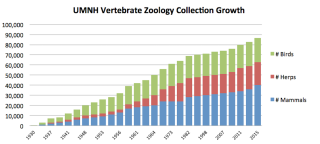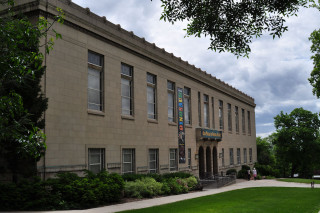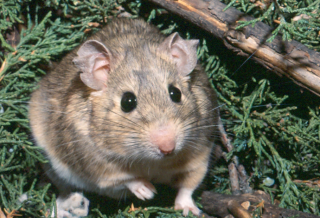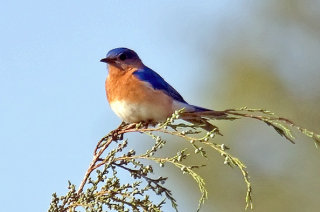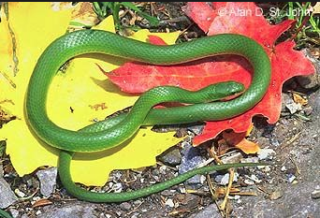NHMU Vertebrate Zoology Collections
NHMU houses thousands of specimens for research and educational purposes. The collections are important to help us understand the conditions of our environment and culture from the past well into the future. With advancing technologies, humans are able to better study the specimens than when originally collected, thus one reason to keep and maintain specimens as long as possible. Each specimen serves as a snapshot in a particular place and time in which specific conditions cannot be replicated. This is just another reason why collecting and maintaining collections is important.
The NHMU Vertebrate Zoology collections include four distinct sections:
- Mammal
- Bird
- Reptile
- Amphibian
Take a look at the chart below to see the change in specimen numbers over time. Click on the image to enlarge.
History
Click on the photo to read about the history of NHMU's Vertebrate Zoology collections including some of the first known collectors and some of the oldest specimens. You can also watch a short clip of our Vertebrate Zoology Collections Manager, Dr. Shannen Robson, showing us some of the collection.
Collection Management
When specimens are stored in drawers and on shelves, it is the job of the collections manager to monitor the state of the collections and decrease the rate of degradation to the best of their ability so that each specimen can be studied well into the future. Click on the photo to read about what it means to be a collections manager at NHMU. Watch a short clip on how museum environmental conditions are regulated.
Mammals
Click on the picture to the read more about the mammal collections.
Birds
Click on the picture to the read more about the bird collections.
Reptiles and Amphibians
Click on the picture to the read more about the reptile and amphibian collections.
Research Requests
Click on image to make a request to use the collection for research or education purposes.
